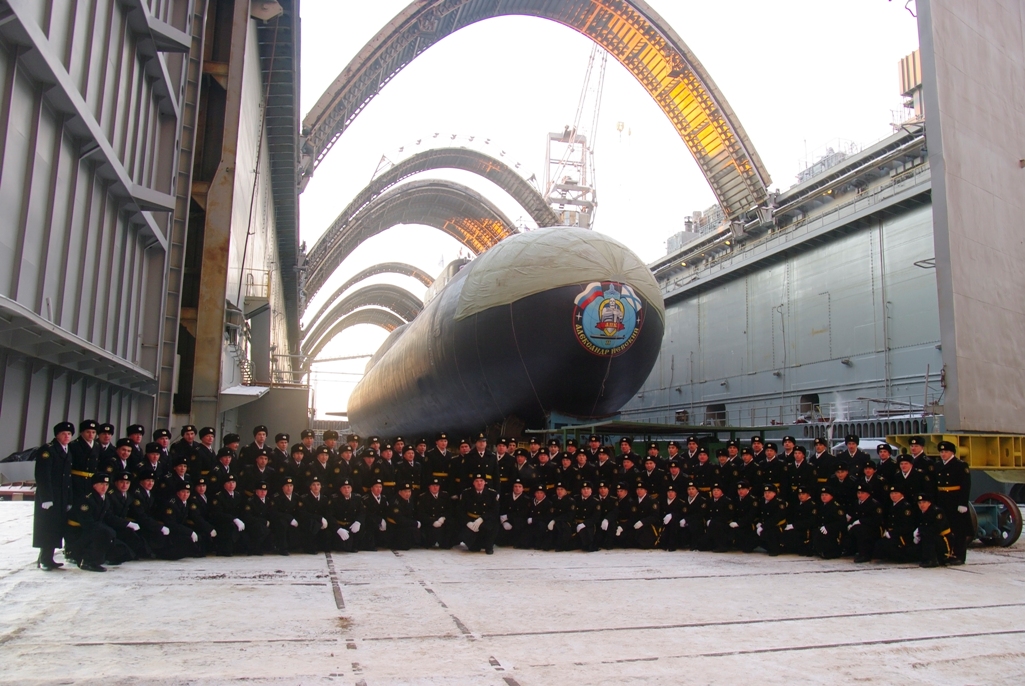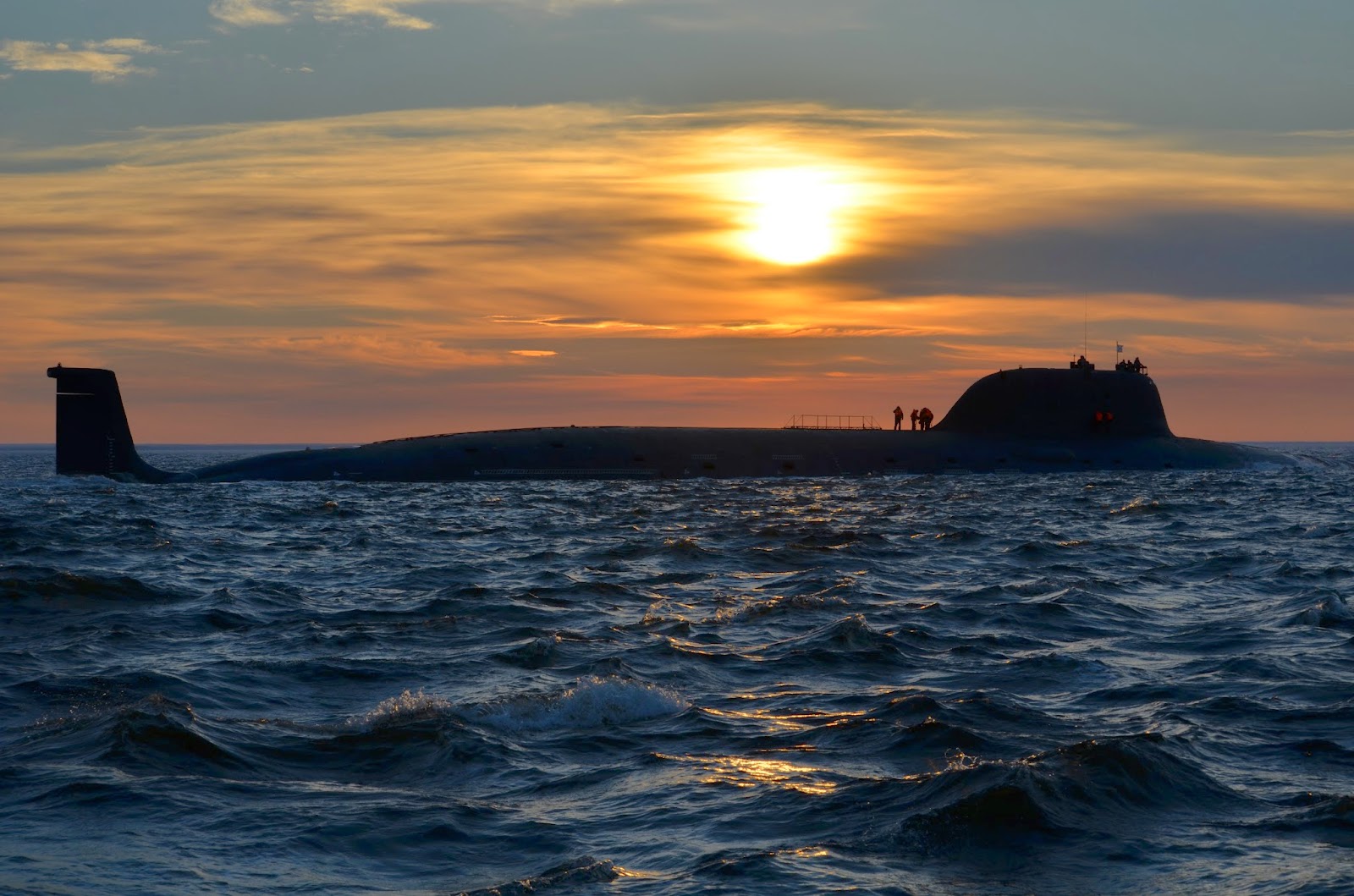 |
| Delta IV SSBN (image courtesy of Wikipedia) |
(translation of Control Systems Holding Company press release)
UIC Equips New “Okean” Escort Ship with Modern Communications Suite
Moscow/August 21, 2014
Control Systems Holding Company (part of the United Instrument-Production Corporation (UIC) - RosTekh State Corporation) has completed delivery of a Buran-6M unique, multifunction communications suite for the lead unit of the new generation Project 22100 “Okean” class of escort ships.
“Okean” is the first ice-class ship to be fully designed in accordance with the requirements of the Border Service – Federal Security Service of Russia. Based on its overall characteristics, “Okean” has no equal among vessels of its class.
The Buran-6M automated communications suite (ACS) installed on the “Okean” was manufactured at one of Control Systems’ companies – Neptun Scientific Research Institute (SRI). The suite provides communications between ships in a group and shore-based control posts, transfers data to ship- and land-based airborne vehicles, receives and transmits files over radio channels, shares data with the shipboard combat information management system, and records communications. The Buran system includes a “drive” mode for airborne vehicles, which supports the launch and recovery of shipborne helicopters while taking into consideration all safety requirements for civilian and military aircraft.
“At the heart of the Buran-6M ACS are hardware components that, in terms of power, exceed similar components produced by us in previous years,” notes UIC department director Aleksandr Kalinin. “Ethernet network technology has been introduced into the communications suite, and this allows for modern digital communications hardware to be connected to the system. The suite uses open architecture, which provides broad capabilities for future upgrades and integration of modern technologies and resources, which are necessary to defend the State border.”
Neptun SRI also has completed development of another modern transmission suite, which will be used in the Uragan-P submarine communications suite.
“The transmission suite was fully created using technology developed by Neptun SRI that has no equal among technologies used in the Russian Navy,” said Control Systems acting general director Andrey Riznyk. “The technology is designed to transmit information from a submarine to control posts during independent operations. The output of the transmission suite significantly exceeds the capability of earlier equipment, which allows for increased communications range and continuity.”
The use of special software in the Uragan-P suite reduces the possibility of operator error. The suite uses open architecture, it has the capability of being further upgraded, and its functionality can be expanded.



















